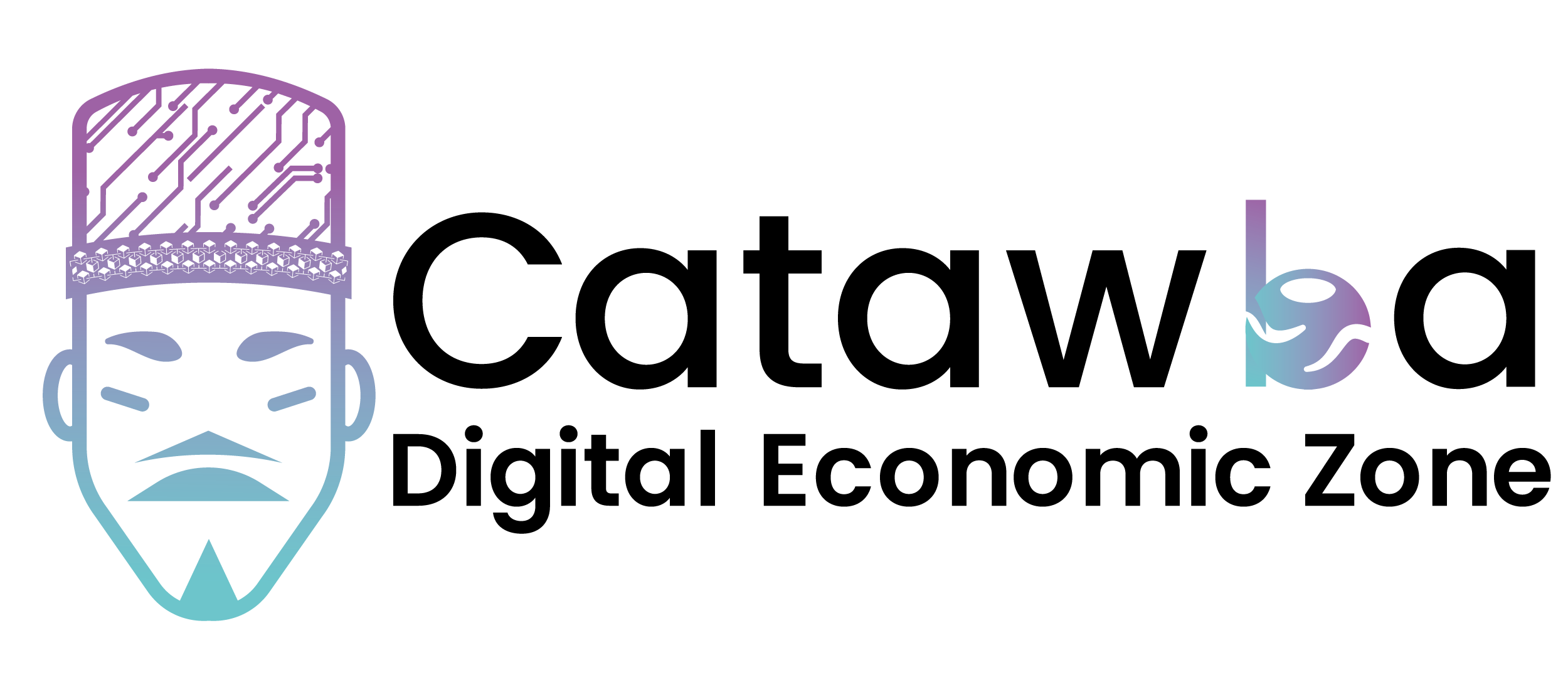Who is the "customer" for the tribal citizen entrepreneurial ecosystem?
It’s important to understand firstly what you are producing or selling, and secondly who is in your market. To help with this, ask yourself: who is the intended beneficiary of the product or service I am offering? It is critical to firmly understand who lives in the community you are targeting, for this will inform who are you trying to sell to. Many reservation markets are ‘open’ which means your market may consist of both tribal and non-tribal members, forcing you to decide if you will sell to tribal members, non-tribal members, and/or both. Local market outlook - the people on the Reservation - is a good market to start selling to. After your local market is running well, you can focus on expanding. Usually, when sales start to flatline especially in the local market, I see Native entrepreneurs switch to an e-commerce model for their business. If you are selling goods, you should also consider whether you will sell only a certain product and how doing so could affect sales and profitability. Across all of this, always try to uphold community values.
Related Past Events:
The people of the Yakama Nation has had a deep connection to the forest and their land for countless generations. The nation is utilizing their traditional ways to advance community economic development through conservation, selling timber, and educational advancement. The nation is creating jobs, advancing the nation’s economic capacity, and providing educational opportunities for their members.
The New Mexico Tribal Entrepreneurship Enhancement Program (NMTEEP) seeks to create broader opportunity, wealth and job growth through enhancing entrepreneurship in tribal communities throughout New Mexico.
The Department’s Economic Development Administration (EDA) is awarded a $3.3 million grant to the Seminole Tribe of Florida, Inc., Hollywood, Florida, to support business expansion plans by renovating the Brighton Reservation Trading Post.
The Catawba Nation based in South Carolina has created the Catawba Digital Economic Zone (CDEZ). The CDEZ is a sovereign regulatory zone and the first jurisdiction within the United States created for digital entrepreneurs.
Quinault Indian Nation has had a deep connection to the ocean and ocean life for countless generations. Today, the nation and its members are using their natural resource and traditions for economic growth.
Economic Development Administration (EDA) has awarded a $1 million grant to the Rosebud Economic Development Corporation, Mission, South Dakota, to support planning, design, and engineering for the Sicangu Co Innovation Center.
This report explores the challenges faced by entrepreneurs and small business owners in rural and Native communities, where essential resources and support are often limited.
This session discussed strategic planning for indigenous tourism development, an intro to ATNI-EDC and Harvard Project on Indigenous Governance and Development, and highlighted tourism projects across Indian Country such as:
The Wind River Development Fund
NC Growth - Native Edge Tourism Technical Assistance Center
Akwesasne Travel of the St. Regis Mohawk Tribe
During this monthly session SMEs discussed the barriers to and the benefits of tribal citizen entrepreneurship. A lack of financial literacy, limited access to capital, and inconsistent rules & regulations have made it difficult for tribal citizens to start business ventures.












The Suquamish Indian Tribe of the Port Madison Indian Reservation provides an example of advancing self-determination and economic development while maintaining traditional practices by creating the Suquamish Seafood Enterprises (SSE).